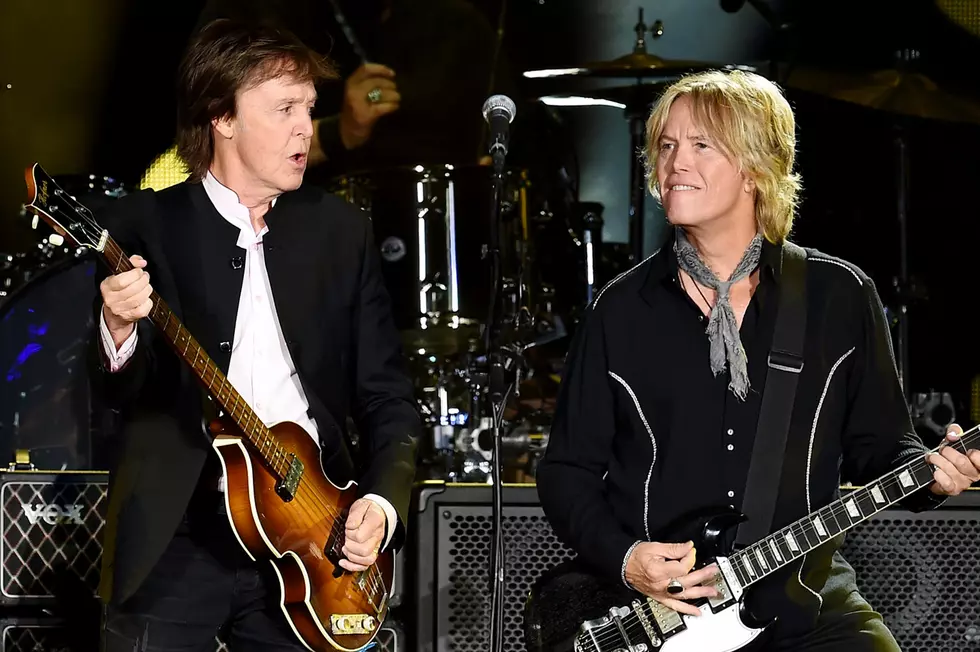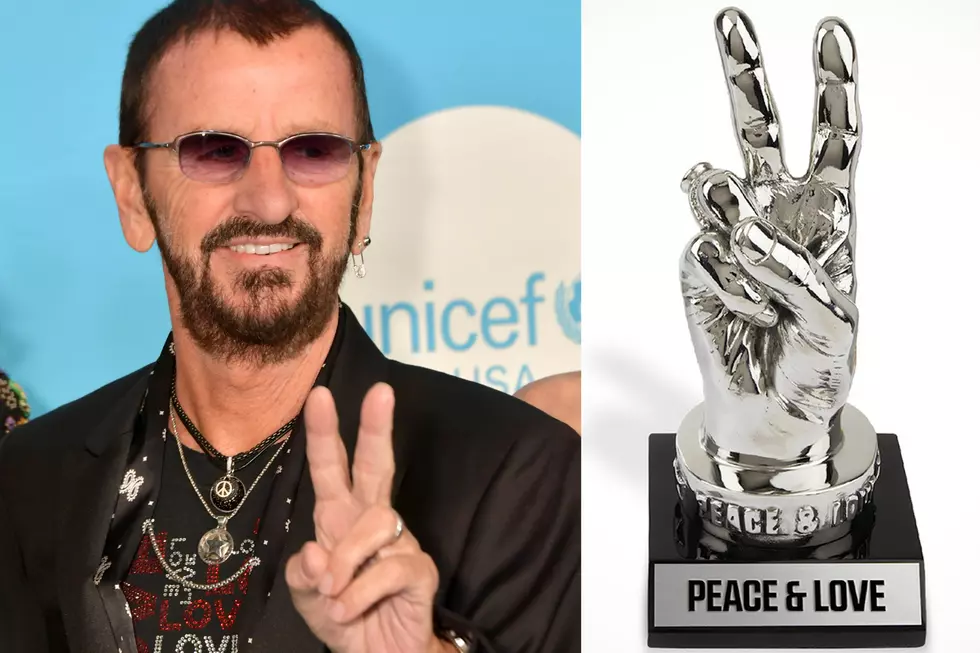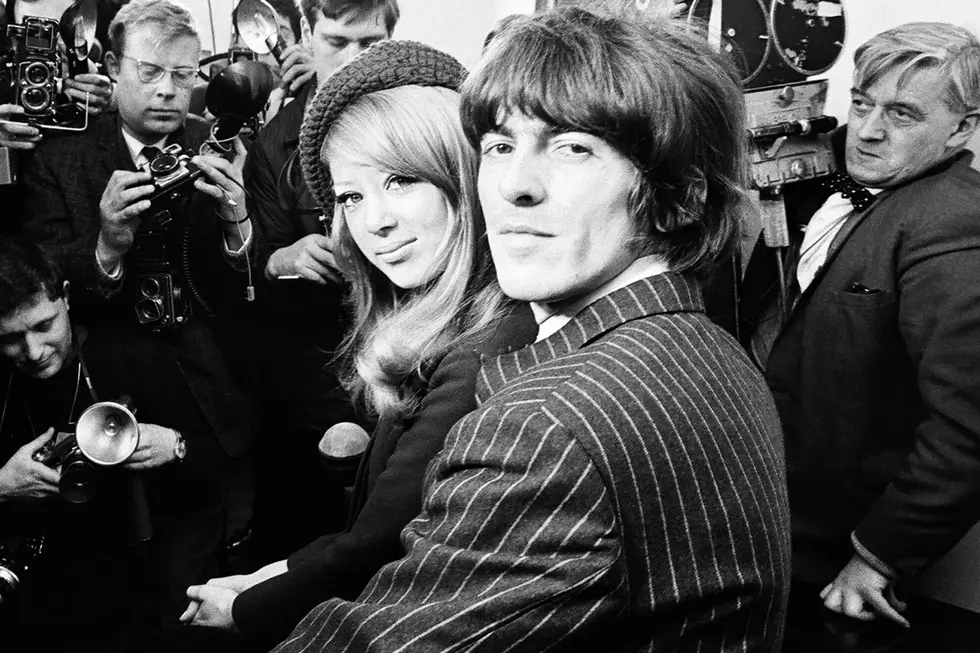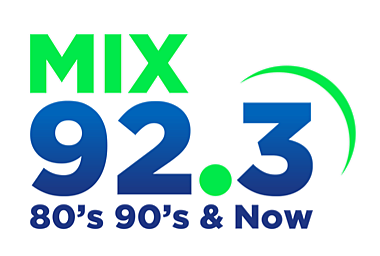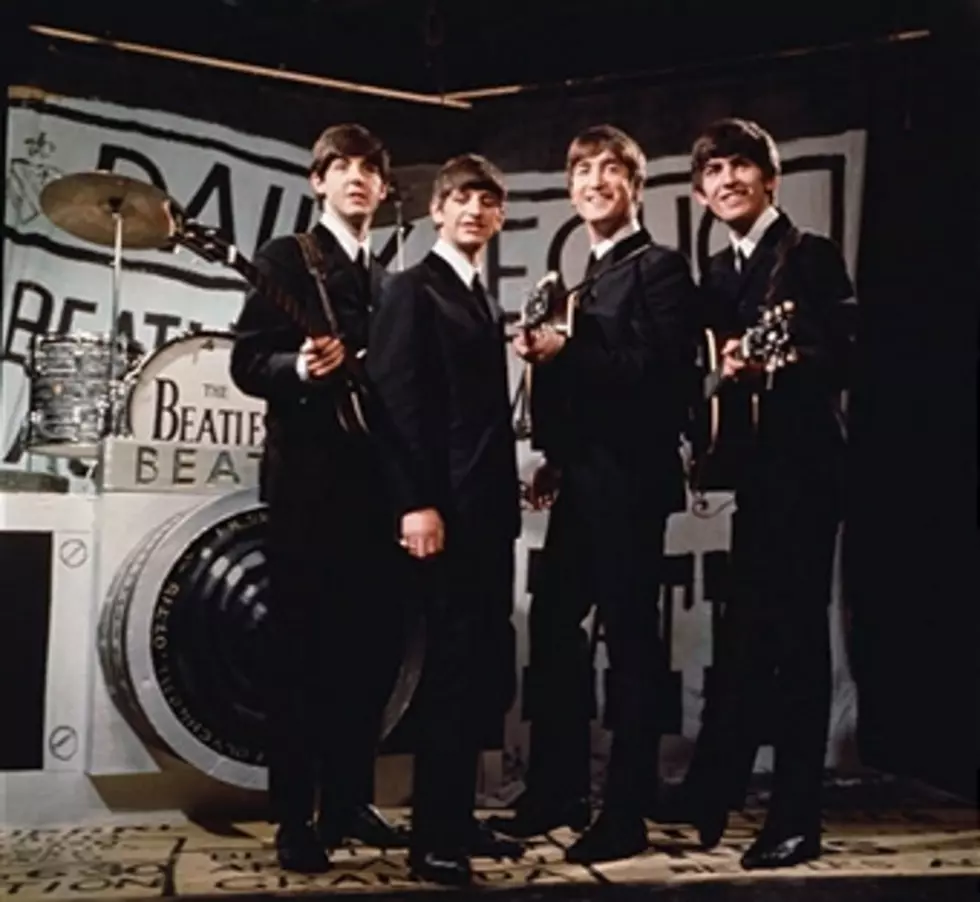
Behka’s Breakfast with the Beatles Recap: Week of June 23
Here's a look back at all the songs I've played this week on our morning show starting segment, Breakfast with Behka and The Beatles.
On Monday, I played "Every Little Thing".
Paul McCartney wrote the song in a music room at the home of Jane Asher, where he was living at the time. He hoped that it would be released as a single, but it "didn't have quite what was required", and was released on Beatles for Sale instead. "Every Little Thing" is a rare example of a Lennon/McCartney tune in which one member of the partnership was primary composer (here McCartney) but the other sang lead vocal (here John Lennon). McCartney sings harmony, although one can hear him better in the refrain. The song's composer is not in question: McCartney claimed the song as described above, and Lennon said in an interview with Playboy that McCartney wrote it. It is one of few early Beatles tracks to feature "exotic" instrumentation: Ringo Starr plays the timpani on the track to add punctuating one-two flourishes to the refrains.
On Tuesday, I played "Blackbird".
Paul McCartney explained that the guitar accompaniment for "Blackbird" was inspired by J.S. Bach's Bourrée in E minor, a well known lute piece, often played on the classical guitar. As children, he and George Harrison tried to learn Bourréeas a "show off" piece. McCartney adapted a segment of the Bourrée as the opening of "Blackbird", and carried the musical idea throughout the song. The first night his future wife Linda Eastman stayed at his home, McCartney played "Blackbird" for the fans camped outside his house. McCartney was inspired to write it while in Scotland as a reaction to racial tensions escalating in the United States in the spring of 1968. Unfortunately this was another of the songs on The White Album that Charles Manson felt was speaking to him, supposedly telling Manson of an upcoming race war.
On Wednesday, I played "Tomorrow Never Knows".
"Tomorrow Never Knows" is the final track of the Beatles' 1966 studio album Revolver but the first to be recorded. Credited as a Lennon–McCartney song, it was written primarily by John Lennon. The song has a vocal put through a Leslie speaker cabinet (which was normally used as a loudspeaker for a Hammond organ). Tape loops prepared by the Beatles were mixed in and out of the Indian-inspired modal backing underpinned by Ringo Starr's constant but non-standard drum pattern. The song is also one of the first uses of a flanging effect on any instrument. John Lennon wrote the song in January 1966, with lyrics adapted from the book The Psychedelic Experience: A Manual Based on the Tibetan Book of the Dead by Timothy Leary, Richard Alpert, and Ralph Metzner, which was in turn adapted from the Tibetan Book of the Dead. Lennon had been looking for a copy of The Portable Nietzsche and found a copy of The Psychedelic Experience that contained the lines: "Whenever in doubt, turn off your mind, relax, float downstream". Lennon bought the book, went home, took LSD, and followed the instructions exactly as stated in the book. The book held that the "ego death" experienced under the influence of LSD and other psychedelic drugs is essentially similar to the dying process and requires similar guidance. The title never actually appears in the song's lyrics. In an interview Lennon revealed that, like "A Hard Day's Night", it was taken from one of Ringo Starr's malapropisms.[13] The piece was originally titled "Mark I". "The Void" is cited as another working title.
On Thursday, I played "Tell Me What You See".
"Tell Me What You See" is a song by The Beatles that first appeared in 1965 on their album Help! in the United Kingdom and on Beatles VI in the United States. "Tell Me What You See" shows the musical growth of the Beatles since Please Please Me, and foreshadows their further exploration on Rubber Soul and Revolver. Following each repetition of the title phrase, there is a brief instrumental break featuring a Hohner Pianet. The instrument is featured on two other tracks on Help!: "You Like Me Too Much" and "The Night Before", both recorded the day before "Tell Me What You See." Starr's drumming on the track is augmented with a trio of percussion instruments; a güiro, a tambourine, and a pair of claves. Although the Beatles had been using additional percussion instruments to flesh out their sound as early as "Don't Bother Me" in 1963, they had rarely been featured this prominently in the mix.
On Friday, I played "Fixing A Hole".
In a 1968 interview, McCartney said that the song was "about the hole in the road where the rain gets in, a good old analogy—the hole in your make-up which lets the rain in and stops your mind from going where it will." He went on to say that the following lines were about fans who hung around outside his home day and night, and whose actions he found off-putting:
See the people standing there
who disagree, and never win
And wonder why they don't get in my door
This is also another song that was banned for radio play by the BBC because they were certain that the phrase "Fixing a Hole" was about preparing one's arm for an injection of heroin.
Let me know if there's something you'd like to hear next week! We'll start up again at 6:00 a.m. on Monday.
Fixingly yours,
Behka
More From Mix 92.3
